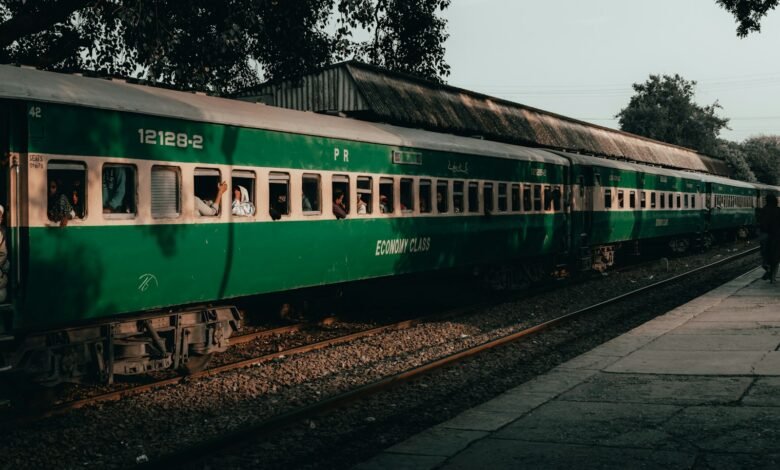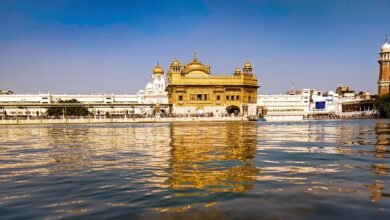Railway in Pakistan: An Overview

The railway system in Pakistan is one of the oldest and most extensive in the region, serving as a vital mode of transportation for both passengers and freight. With a rich history dating back to the British colonial period, the Pakistan Railways network has undergone various phases of development and modernization. This blog post delves into the history, significance, and current state of the railway system in Pakistan.
1. Historical Background
The inception of the railway system in Pakistan can be traced back to the 19th century when the British Raj began constructing railway lines to facilitate trade and military movement. The first railway line was laid between Karachi and Kotri in 1860. Over the years, the network expanded rapidly, connecting major cities and regions across the country.
Following the partition of India in 1947, the railway system was divided between the two countries, with Pakistan inheriting a substantial portion of the network. Since then, Pakistan Railways has evolved, facing numerous challenges and transformations along the way.
2. Current Infrastructure
Pakistan Railways operates an extensive network that spans approximately 7,791 kilometers, connecting various cities and towns. The railway system comprises:
- Main Lines: These include key routes such as the Karachi-Peshawar main line and the Lahore-Multan line, which serve as vital corridors for passenger and freight transport.
- Branch Lines: Connecting smaller towns and rural areas, branch lines are essential for local transportation and access to markets.
- Freight Services: Pakistan Railways plays a crucial role in freight transportation, moving goods such as agricultural products, textiles, and raw materials across the country.
3. Passenger Services
Pakistan Railways offers a range of passenger services catering to various needs and budgets:
- Economy Class: The most affordable option, providing basic seating and amenities.
- AC Sleeper Class: A more comfortable choice for long-distance travel, featuring air-conditioned sleeping berths.
- Business Class: Offering enhanced comfort and services, ideal for business travelers.
In recent years, there has been an emphasis on improving passenger services, including the introduction of online ticketing and better facilities at railway stations.
4. Challenges Faced
Despite its historical significance and infrastructure, Pakistan Railways faces several challenges:
- Financial Constraints: The organization has struggled with financial deficits, impacting maintenance and development projects.
- Aging Infrastructure: Many railway lines and facilities require urgent upgrades to ensure safety and efficiency.
- Competition from Other Modes of Transport: The rise of road transportation, particularly buses, has posed a challenge to the railway system’s passenger numbers.
5. Modernization Efforts
In recent years, the Pakistani government has recognized the importance of revitalizing the railway system. Several initiatives have been launched, including:
- Infrastructure Development: Investment in upgrading tracks, signals, and stations to enhance safety and efficiency.
- Collaboration with Foreign Entities: Partnerships with countries like China for technology transfer and investment in modern rolling stock.
- Introduction of New Services: The launch of premium services like the Pakistan Business Express and Green Line Express, aimed at attracting more passengers.
6. Future Prospects
The future of Pakistan Railways looks promising with ongoing modernization efforts. The government’s commitment to revitalizing the railway system, along with collaborations with international partners, may lead to improved services and greater connectivity. Furthermore, the development of freight corridors is expected to enhance trade and economic growth.
Conclusion
Pakistan’s railway system, with its rich history and potential for modernization, plays a crucial role in the country’s transportation network. By addressing the challenges it faces and investing in infrastructure and services, Pakistan Railways can enhance its contributions to the economy and improve the travel experience for millions of passengers.



